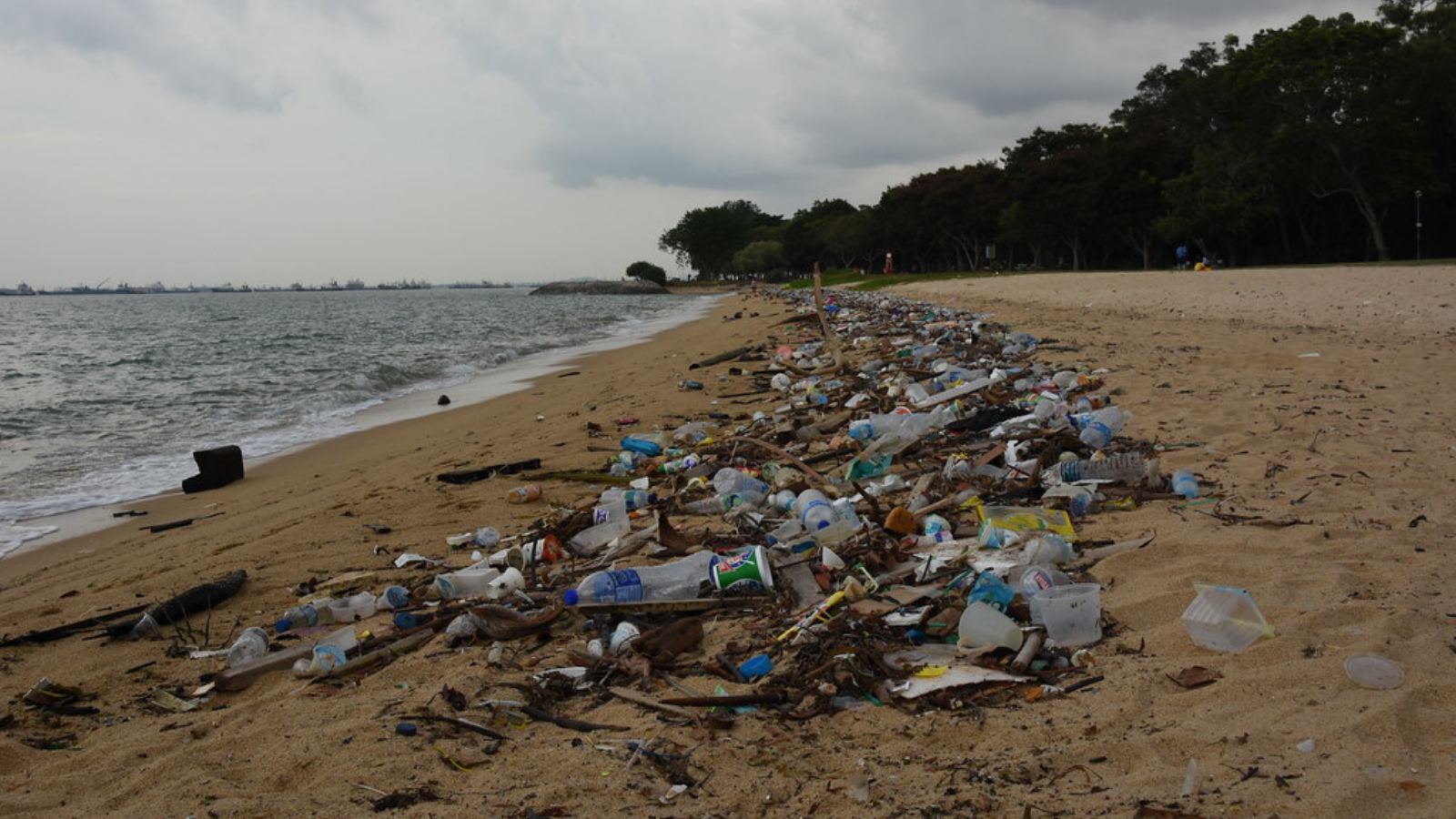Thanksgiving with a side of plastic
In a world overrun by plastic pollution, Thanksgiving shouldn’t come with a side of plastic. That's why we're calling on Whole Foods to take action.
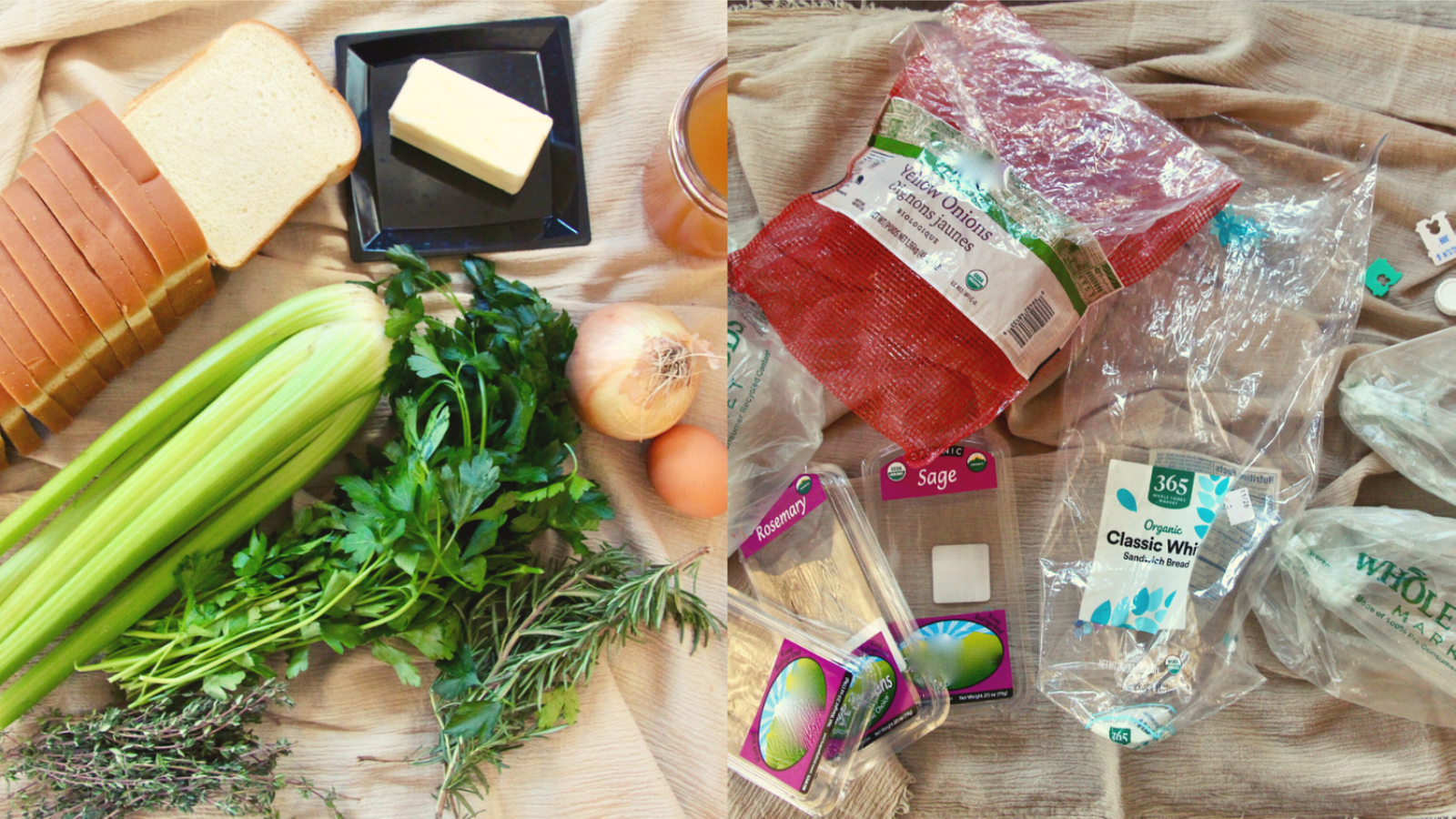
As was the case for most Americans, Thanksgiving this year looked different for my family. While our gathering featured the usual stories and laughter, the COVID-19 pandemic meant it was limited to immediate family members.
That said, one thing that didn’t change was the food. There were the delicious side dishes that my mom spent all week preparing from scratch, and that my siblings and I quickly made disappear from our plates. We consumed fluffy mashed potatoes, sweet cranberry chutney and savory stuffing in what seemed like a blink of an eye. However, as good as the feast was, there was a by-product that left my stomach unsettled.
The aftermath of our Thanksgiving dinner was a pile of plastic trash leftover from buying ingredients at the grocery store.
In a world overrun by plastic pollution, Thanksgiving shouldn’t come with a side of plastic. Grocery stores, even ones that boast environmental bona fides such as Whole Foods, are not doing their part to stop adding to the mountains of plastics that fill our landfills, flood our rivers and oceans and pollute our planet. To that end, Environment America Research and Policy Center launched a campaign in November calling on Whole Foods to put Planet Over Plastic by eliminating all single-use plastic packaging from its stores. Whole Foods, and other grocery stores, can and must move beyond plastic to protect our wildlife and wildplaces.
What is particularly frustrating is that, as the consumers, we have little say in the matter. Single-use plastic packaging lines the aisles and shelves of grocery stores across the country. So when Americans go shopping for Thanksgiving, it is nearly impossible to go home without a basket full of plastic.
But just how many Thanksgiving ingredients are packaged in single-use plastic? And, how many items that simply do not need to be packaged — like fruits and vegetables — are covered in layers of plastic wrap?
To answer these questions, Environment America did a “countdown to Thanksgiving” week of action in the run-up to the holiday. During the week, we posted on social media iconic Thanksgiving dishes alongside a photo of the plastic trash its ingredients, purchased at Whole Foods, came from. Sadly, the results were as expected. From acorn squash in plastic produce bags to bread bags secured with plastic clips, plastic was the common ingredient in all of our recipes.
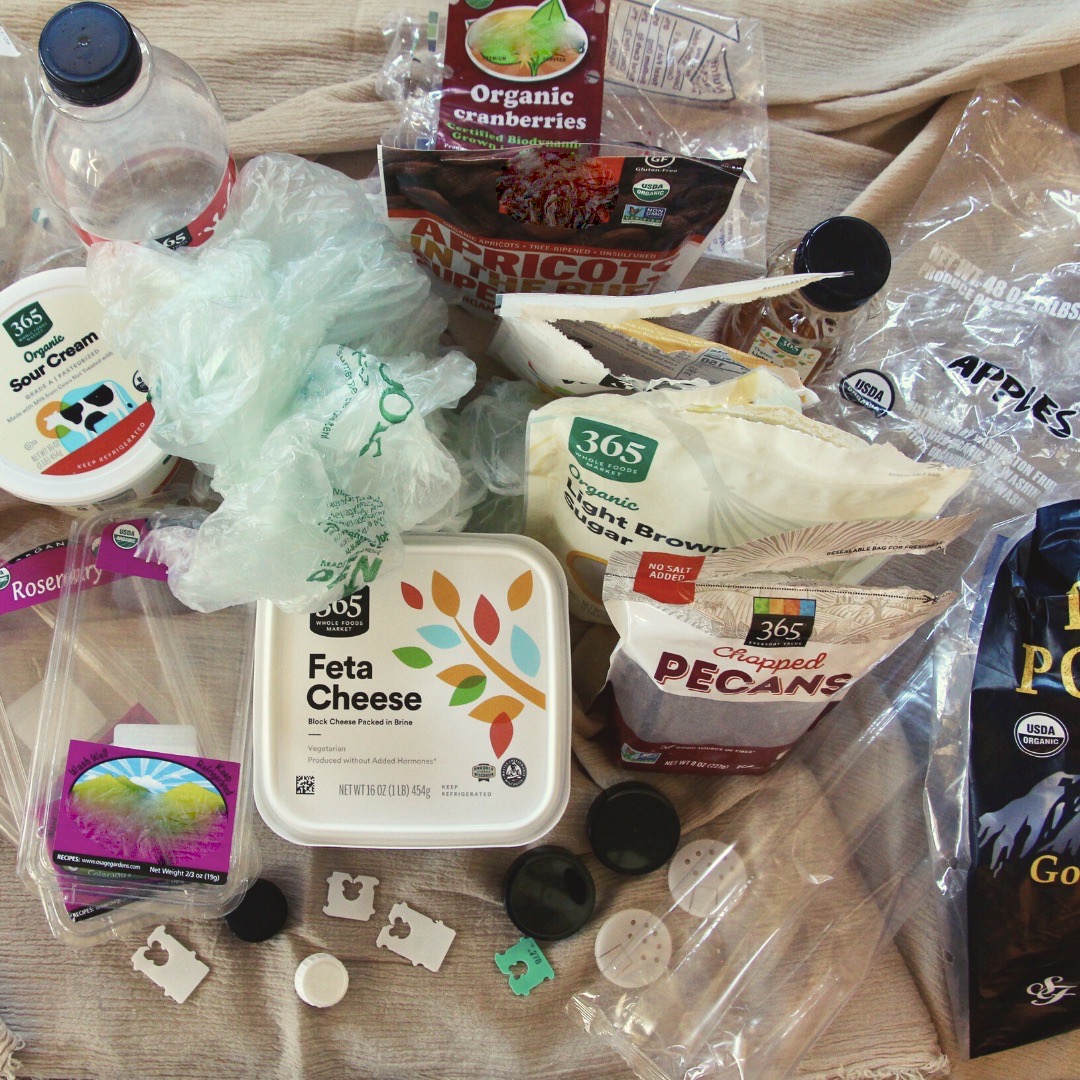
Our Thanksgiving ingredients came with a side of plastic packaging
During this week of action, it quickly became apparent that it was nearly impossible to cook a Thanksgiving meal without generating mounds of plastic trash. To amplify these appalling circumstances, we partnered with several food bloggers during our social media push. They devised fantastic holiday feasts and we provided photos of the plastic waste that would have been generated from buying ingredients at Whole Foods. Monica Lesink, creator of the food blog Nourish and Fete, sent us a recipe for mashed potatoes that looked absolutely delicious.
Sadly, the plastic trash was a little harder to swallow.
Fellow chef Sarah Bond, (@liveatlearn on Instagram), sent us her recipe for stuffed acorn squash. It was another mouth-watering recipe that came with an unnecessary combination of a plastic container, produce bags and sachets.
No matter where you live in the country, piles of plastic filled our garbage cans in preparation for the holiday. Malia Libby, conservation associate with Environment America, sent us a photo of her family’s post-Thanksgiving plastic trash. Tofu in a plastic tray topped with a layer of plastic film and a heap of single-use plastic produce bags and sachets were on her family’s Thanksgiving menu. And while Malia didn’t shop at Whole Foods, the volume of plastic her family generated mirrored the waste we saw in our Whole Foods Thanksgiving.
All this waste is so troubling because we know that single-use plastic — which gets used for just a couple of minutes before polluting our rivers and oceans for hundreds of years — isn’t just disappearing. The best-case scenario is that plastic packaging is down-cycled into less valuable materials, which will eventually end up as waste anyway. However, more often, this single-use plastic packaging is dumped into landfills where it can end up polluting our environment and endangering our wildlife for centuries.
We started our Whole Foods campaign because we believe it can be a leader in creating lasting solutions to the plastic pollution crisis by investing in reusable and refillable packaging systems. For a company whose stated mission is “to nourish people and the planet,” they should be looking for ways to do more.
Thanksgiving evokes images of football, family gatherings and turkey with stuffing and pumpkin pie. It’s a classic American holiday steeped in rich family tradition, which shouldn’t be tarnished by a flood of plastic pollution entering our rivers and oceans. We know it doesn’t have to be that way. Whole Foods Market can play a pivotal role in breaking this damaging cycle by committing to bold steps to eliminate single-use plastic packaging. When they do, we will all have something to be grateful for next Thanksgiving!
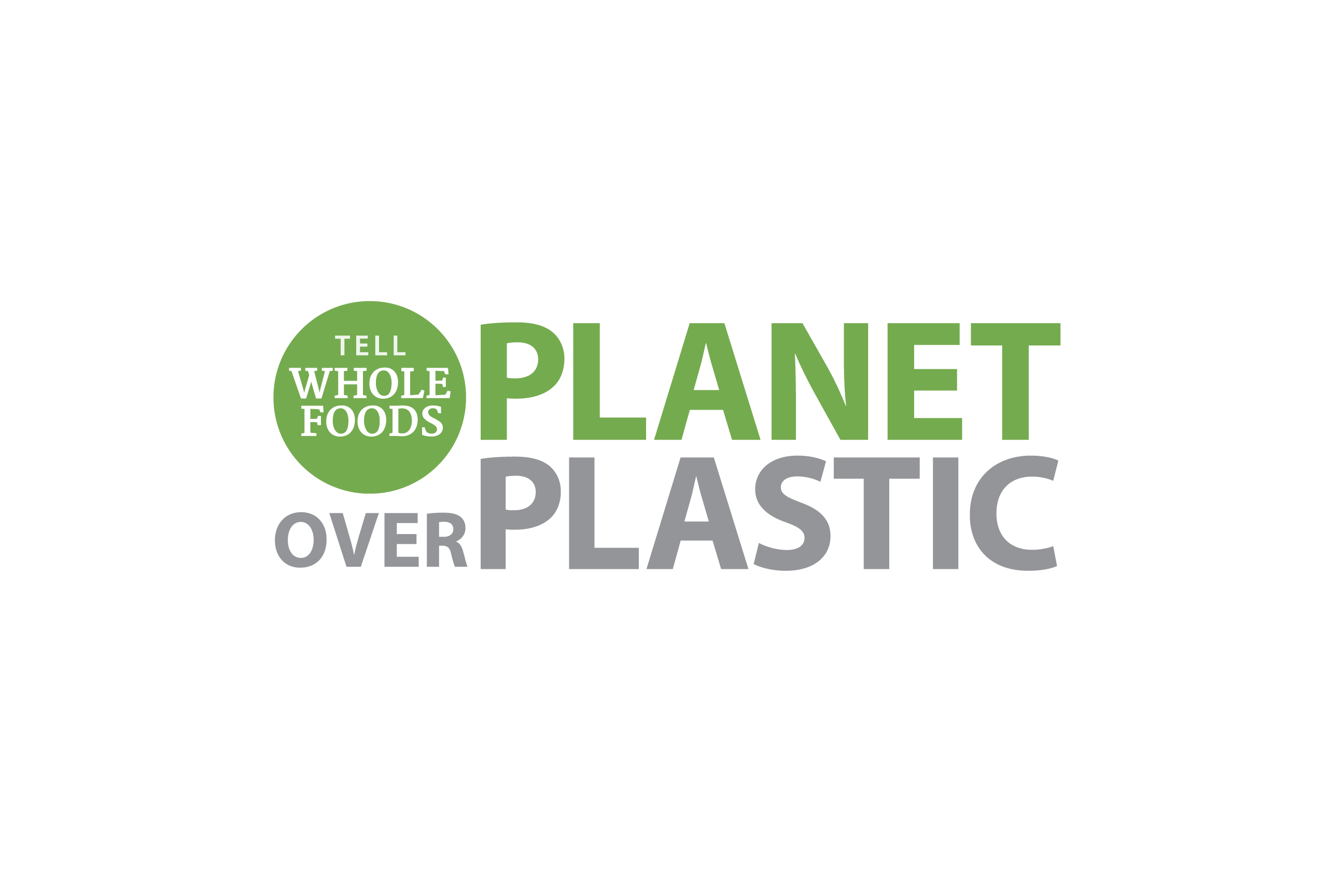
Tell Whole Foods: Put Planet over Plastic
Topics
Authors
Reino Hyyppa
Find Out More
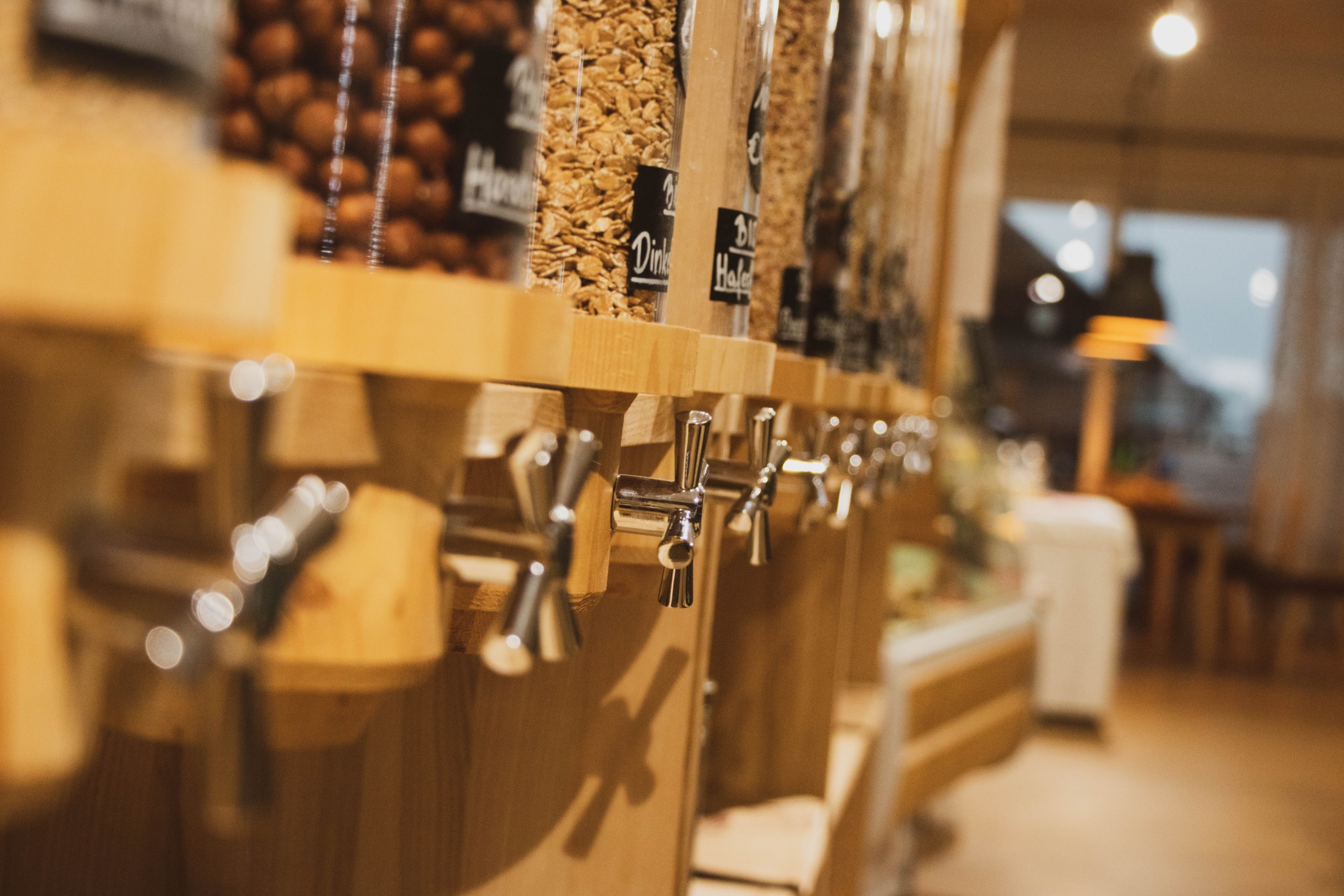
Ditch plastic packaging: Shop at your local refillery
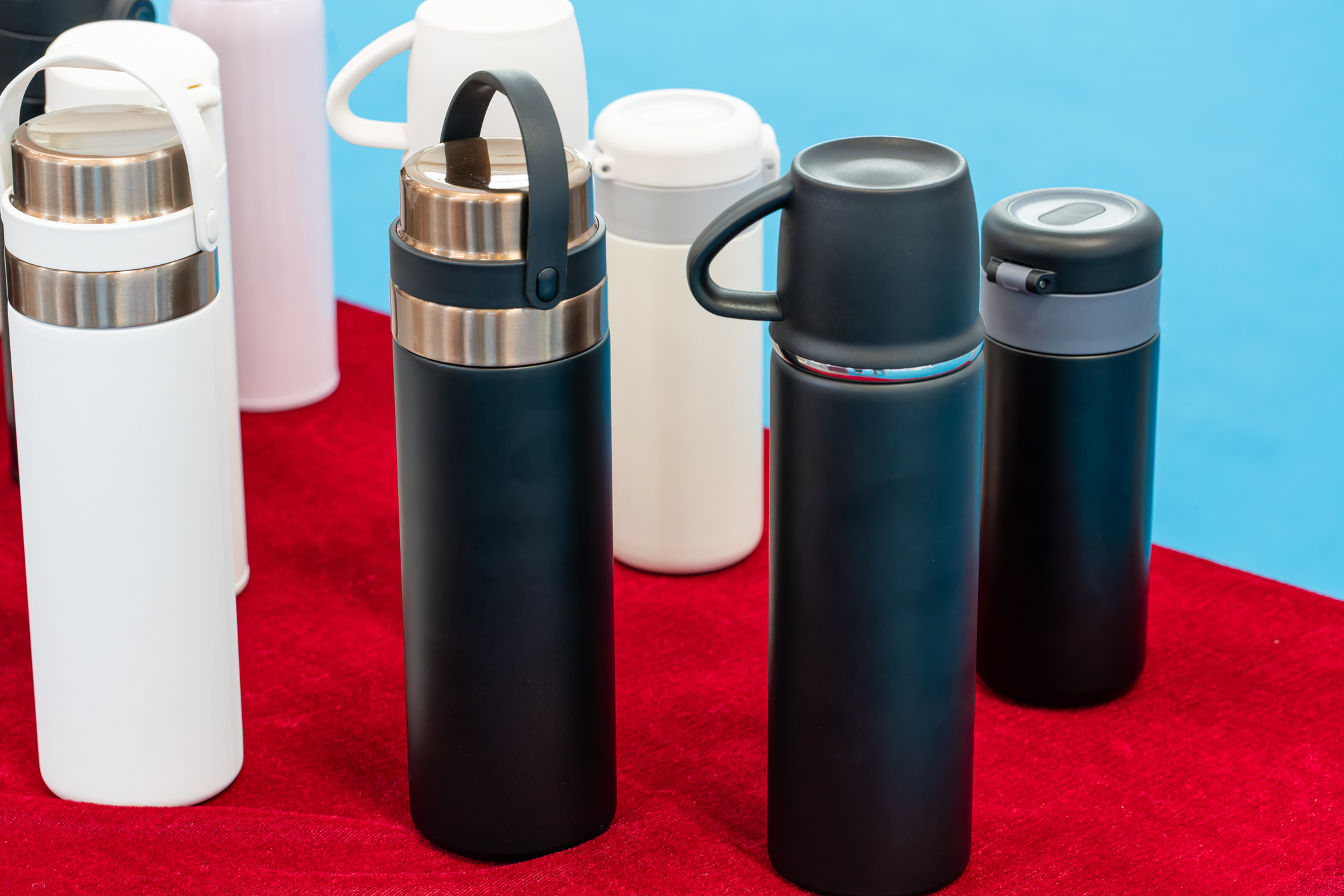
Too much of a good thing? The environmental downside of the “Stanley cup” craze.

A look back at what our unique network accomplished in 2023
